09 Apr Benefits of incorporating Waterless Beauty into your Brand
Why You Should Embrace Waterless Beauty in Your Brand
In recent years, beauty has evolved through sustainability and innovation. Waterless beauty stands out as a movement that reduces environmental impact while delivering high-performance, concentrated formulas consumers love. For brands operating globally, adopting waterless formats can strengthen positioning, logistics efficiency, and product differentiation across regions.
What is Waterless Beauty?
Unlike traditional products that rely on water as a main ingredient, waterless beauty uses oils, butters, and botanical extracts as bases. Solid beauty is a clear example: by removing water, some products also reduce the need for plastic packaging and can even go packaging-free, improving sustainability and practicality. These formats are highly concentrated, helping actives remain potent.
Benefits of Waterless Beauty
Waterless beauty is transforming the beauty industry by delivering products that are both more sustainable and more effective. By removing water from formulations, this trend offers a wide range of benefits for both the environment and skin health. Here are the main advantages of waterless beauty:
- Water conservation: Eliminating water in manufacturing helps protect a scarce resource and answers consumer expectations in multiple markets.
- Lower energy use: Fewer processing stages and, for certain products, cold processing can cut energy consumption.
- CO₂ & transport efficiency: Concentrated, lighter formats reduce volume and weight, improving freight emissions and costs in global distribution.
- Less packaging waste: Smaller or plastic-free packs (or even no pack) lower environmental impact and support retailer sustainability goals.
- Fewer preservatives: Anhydrous formulas often need little to no preservatives, appealing to consumers looking for shorter INCI lists.
- Potent, concentrated results: More actives per gram → impactful sensorials and efficacy.
- Longer shelf life & functionality: Reduced water activity may extend shelf life and simplify storage; solid formats are travel-friendly and widely accepted in airports.
Texture types
OIL
Moisturizing and nourishing; ideal for dry skin care and gentle makeup removal. Position as a minimal-water footprint cleanser or treatment oil.
Balm
Dense textures that melt on contact; perfect for deep nourishment and targeted care (lips, elbows, cuticles). Educate on pea-size amounts and warming in hands.
Butter Balm
Oil + butters for intense hydration; great for night repair or seasonal kits in colder climates.
Solid Beauty (bars & sticks)
Practical, liquid-free formats for soaps, solid sunscreens, shampoo/conditioner bars, or solid serums. Emphasize low waste, travel ease, and refill options where possible.

Go-to-Market Considerations for Global Launches
Education & Usage
Explain how much to use, how to activate (e.g., warm in hands), and storage (keep dry). Short how-to visuals improve conversion on PDPs.
Packaging & Sustainability
Favor mono-material or recyclable solutions; consider paper, aluminum, or refill systems. Keep INCI + disposal guidance clear for multiple markets.
Climate & Stability
Test products in hot/humid vs cold/dry conditions; solid balms may soften at high temperatures—plan secondary packaging and shipping conditions accordingly.
Market Momentum
The waterless beauty market is experiencing rapid growth, projected to reach $29.2 billion by 2034, with an annual growth rate of 9.7%. This boom is driven by technological advancements, innovation in production, and a growing consumer demand for more sustainable and effective beauty products.
Incorporating waterless beauty into your product portfolio not only allows you to offer innovative solutions but also positions your brand as eco-friendly and aligned with current market trends.
If you’re considering adding this trend to your product line, Cosmewax is your ideal partner. Contact us through the form below and tell us about your idea. Together, we can create innovative and responsible beauty solutions!
Source: Precedence Research, Insight Ace Analytic
FAQs
Are waterless products always more sustainable?
They often reduce water use, weight, and packaging, but overall impact depends on ingredients, sourcing, and end-of-life. Consider LCA-style messaging where available.
Do waterless formulas need preservatives?
Many anhydrous products need fewer or no traditional preservatives, but challenge testing and microbiological safety are still essential.
Which markets adopt waterless formats fastest?
Regions focused on sustainability, travel convenience, and minimalist routines—but education and format familiarity are key to adoption.


Sorry, the comment form is closed at this time.